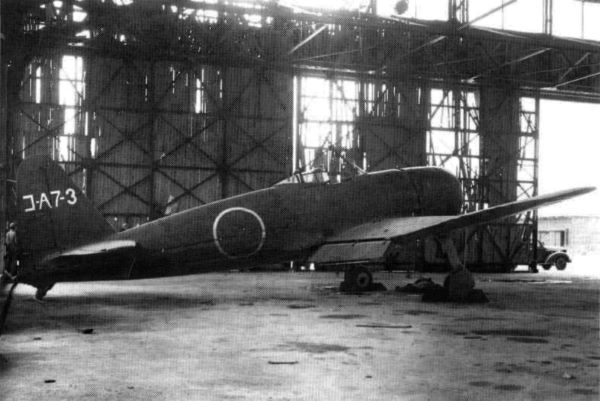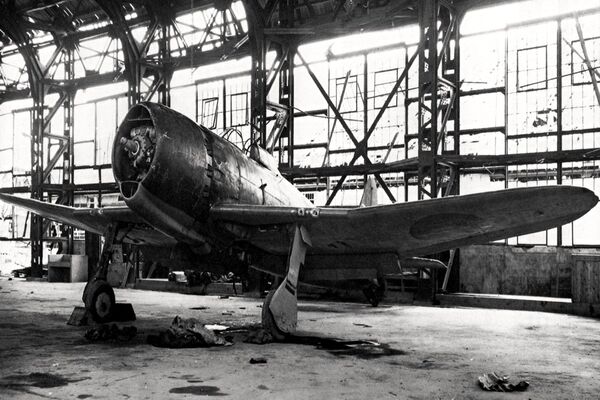

十七試艦上戦闘機 Mitsubishi A7M Reppu
A Detailed Overview
The Mitsubishi J2M Reppu, known as the "Strong Gale," was a late-war Japanese interceptor designed to defend against high-altitude bombers. Despite its limited deployment, the Reppu was a testament to Japan's engineering ambition in the face of overwhelming odds.
Development and Design The Reppu was conceptualized by Jiro Horikoshi, the same engineer behind the famed Zero, as a high-performance land-based interceptor. Its design prioritized speed, climb rate, and firepower, reflecting Japan's desperate need for effective bomber defense. Key Features Streamlined Fuselage: Optimized for high-altitude performance and speed. Powerful Engine: Equipped with the Mitsubishi MK4R-A Kasei 23 engine, producing 1,800 hp. Armament: Aimed at engaging heavily armored bombers with precision.
Armament The Reppu carried a formidable arsenal: Two 20 mm Type 99 cannons in the wings. Two 13.2 mm machine guns in the nose.
Operational History Initial Testing Development began in 1943, but delays in production and engine issues hampered progress. Deployment By the time the Reppu reached front-line units in 1945, Japan's air power was already in decline, limiting its combat impact. Challenges Limited Numbers: Only a handful of Reppus were produced, making it a rare sight during the war. Resource Shortages: Japan's dwindling industrial capacity further hindered the Reppu's deployment.
Strengths and Weaknesses Strengths High Speed: One of the fastest Japanese fighters of the war. Climb Rate: Designed to intercept bombers at high altitudes. Firepower: Equipped to deal significant damage to heavily armed targets. Weaknesses Mechanical Issues: Engine reliability plagued its operational readiness. Limited Range: Lacked the long-range capabilities of the Zero. Production Bottlenecks: Never produced in sufficient quantities to make a strategic impact.
Legacy Influence on Post-War Designs The lessons learned from the Reppu's development influenced Japanese post-war aviation advancements. Historical Significance While overshadowed by the Zero, the Reppu symbolizes Japan's technical ingenuity and its resilience in wartime.
Conclusion The Mitsubishi J2M Reppu was a promising interceptor that came too late to alter Japan's fate in World War II. Its performance, though limited by circumstances, demonstrated the rapid evolution of military aviation during the conflict. Today, the Reppu is remembered as an engineering marvel and a poignant reminder of Japan's wartime struggles.